hide
How do you get people to cook on the cheap with fewer harmful substances?
After an initial working prototype of a super efficient stove, a scalable design that could be produced locally had to be developed. To do this, much research was done on
How do you get people to cook on the cheap with fewer harmful substances?
context, usage and locally available techniques. Questions about useful life, maximum energy output and ergonomic aspects help solve the problem in the best way possible.
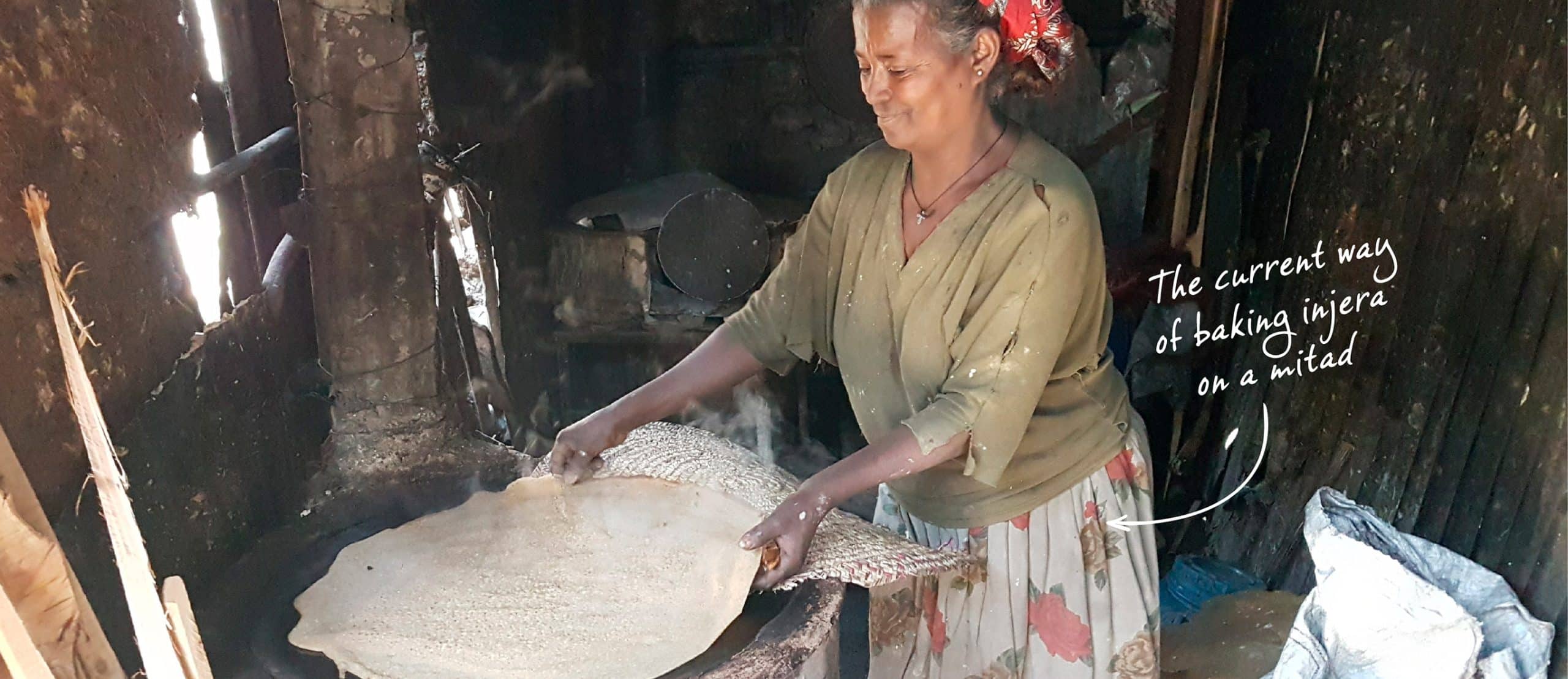
hide
Exploring the limits of local production in Ethiopia
After an initial working prototype of a super efficient stove, a scalable design that could be produced locally had to be developed. To do this, much research was done on
Exploring the limits of local production in Ethiopia
context, usage and locally available techniques. Questions about useful life, maximum energy output and ergonomic aspects help solve the problem in the best way possible.
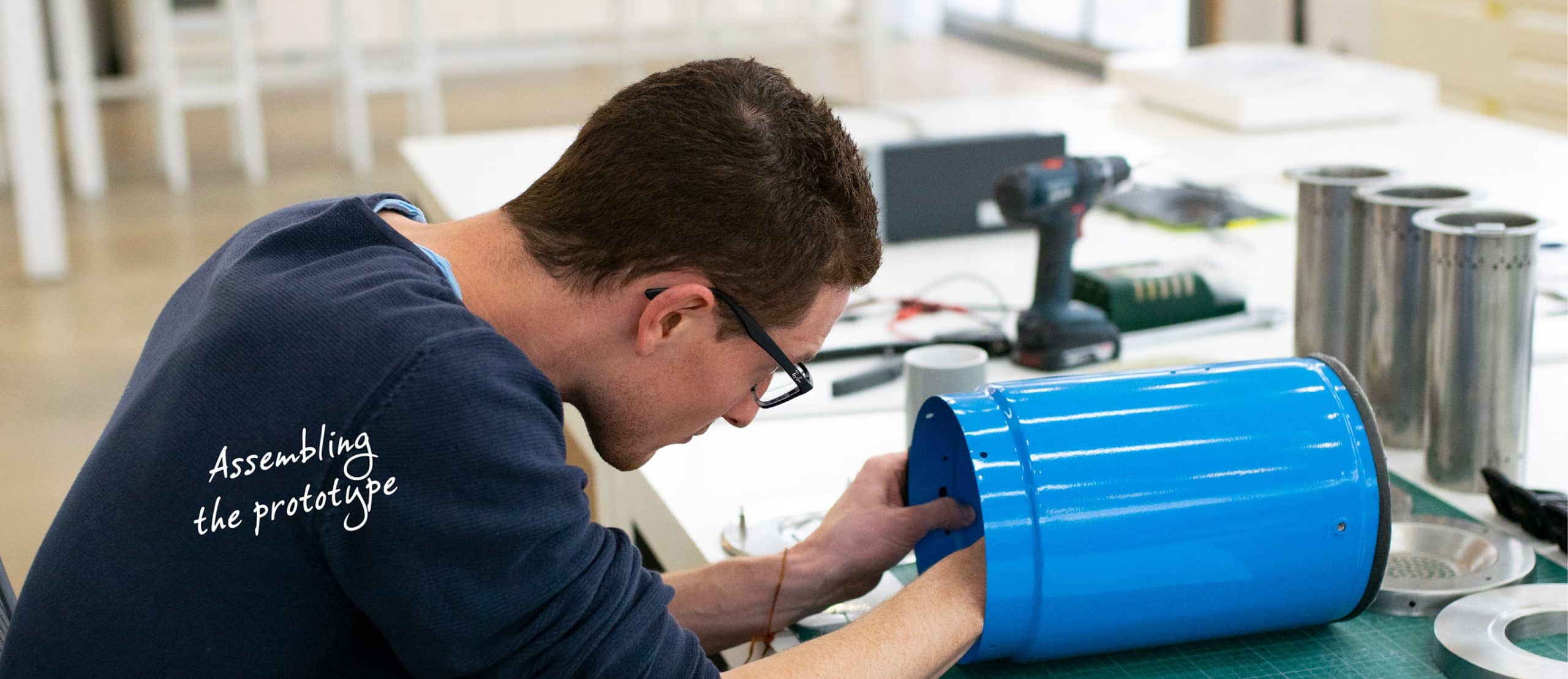
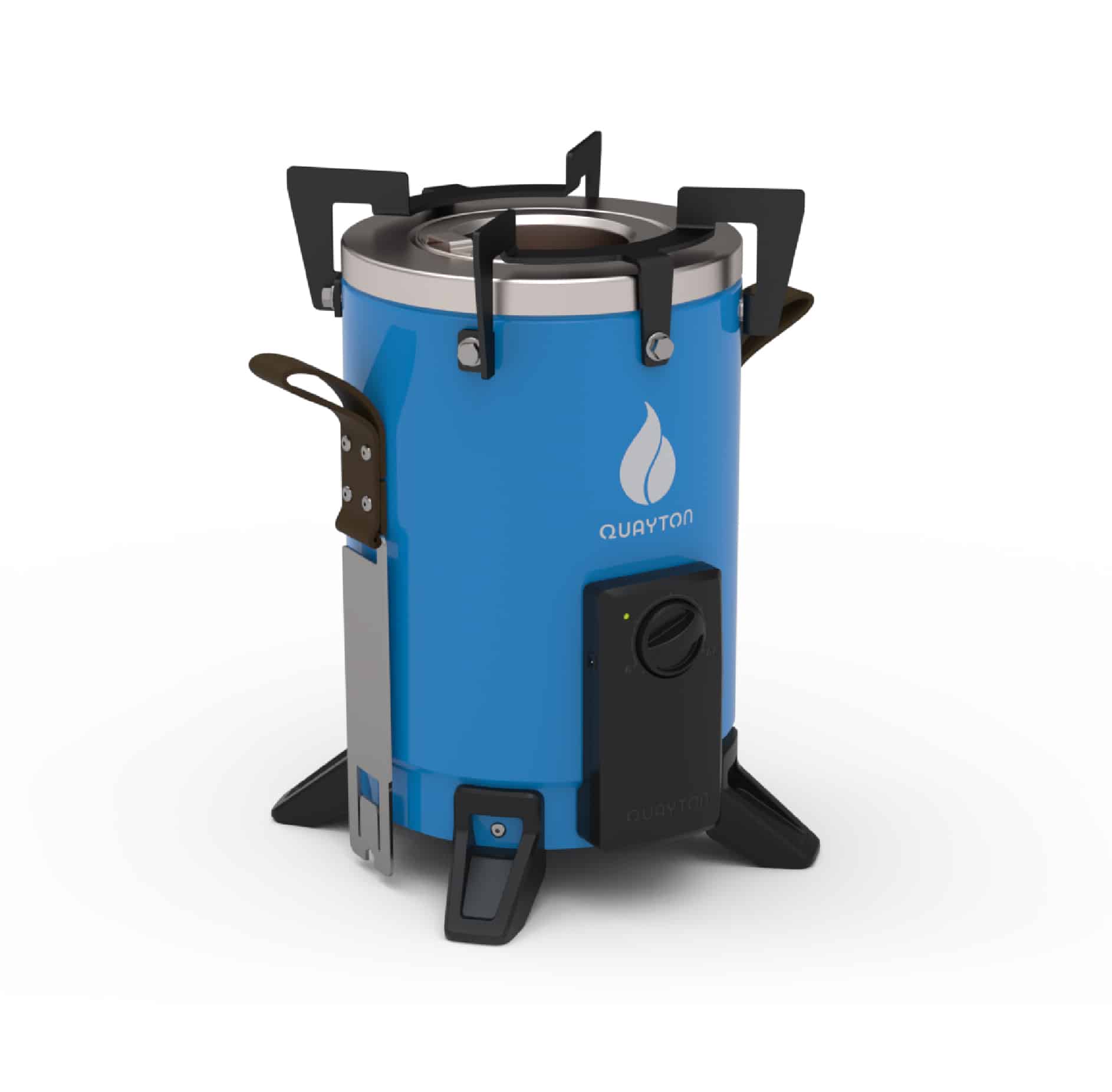
A super efficient stove adapted to the Ethiopian market
The final design, specially adapted to the needs and requirements of the Ethiopian market, is a stove with super efficient combustion. Harmful substances released during cooking, such as particulate matter and carbon are reduced by up to 95%. In addition, a local production line has been set up in collaboration with REGGS, which is better for local people and the planet. By using the special fuel (extracted from the waste streams from the coffee and wood industries) a closed resource cycle is created. After use, the activated carbon from the fuel can be used for air purifiers, for example.
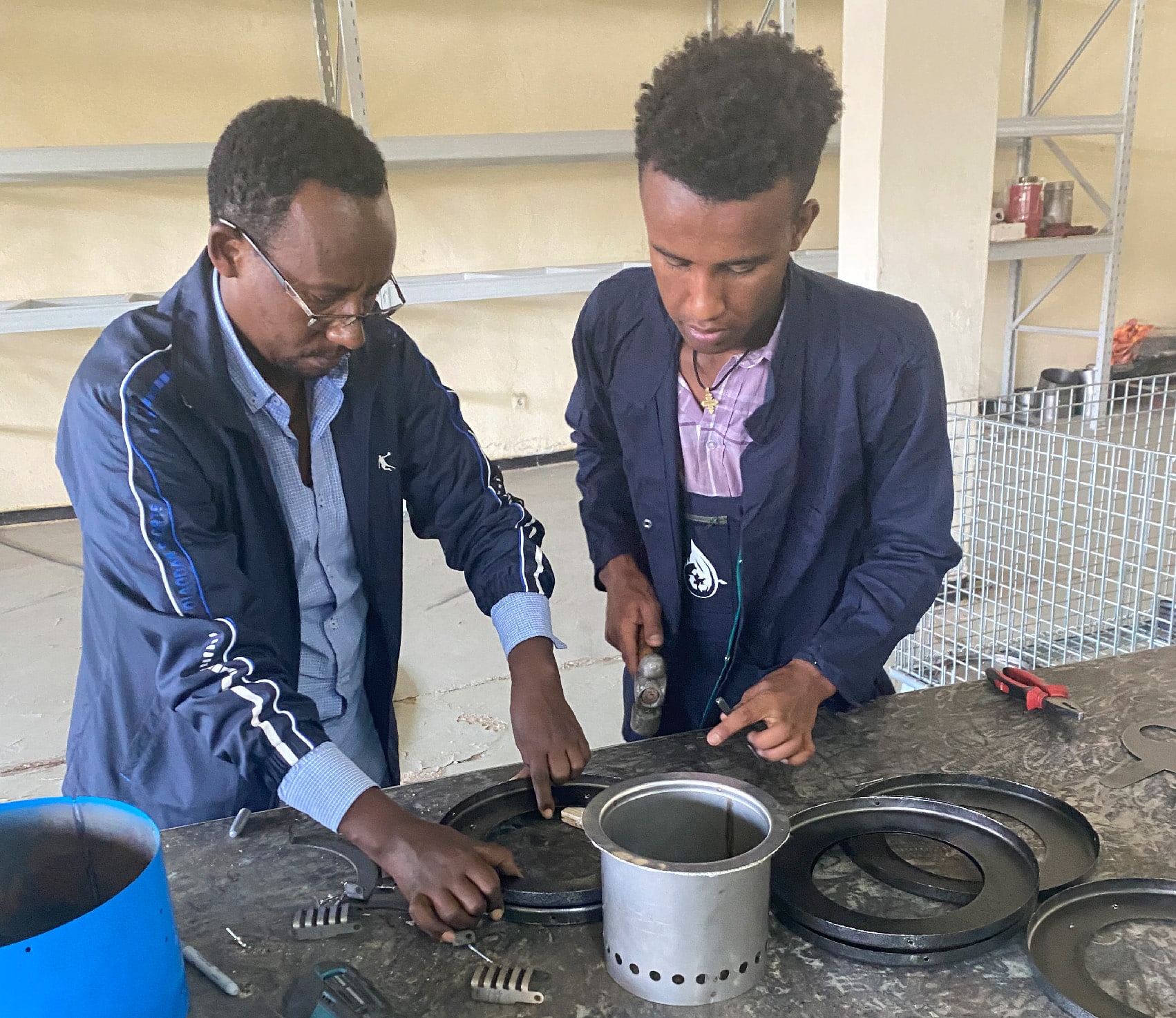
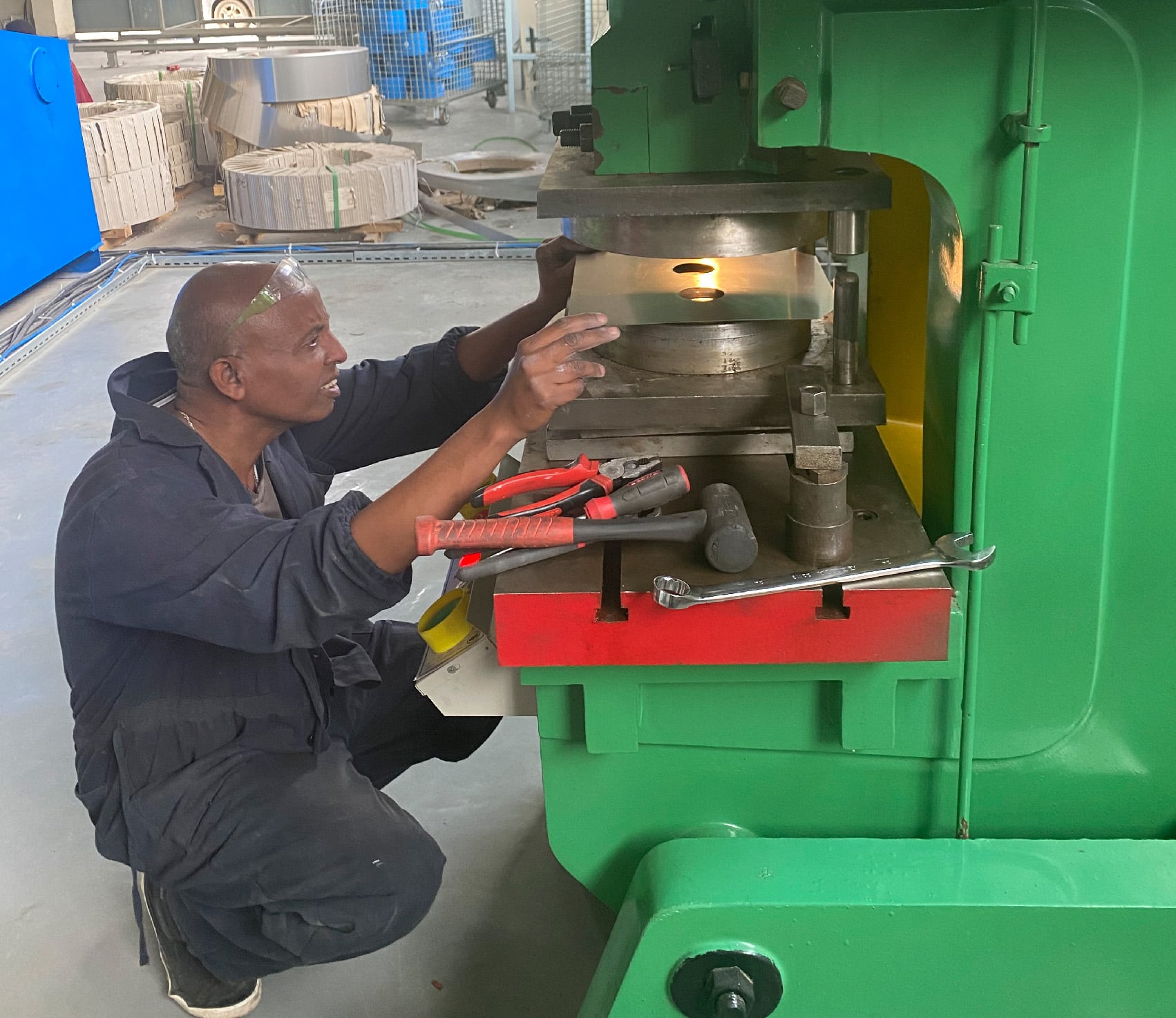
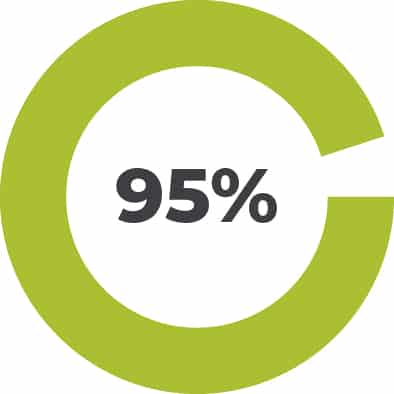
Reduction of air pollution
Compared to traditional cooking methods
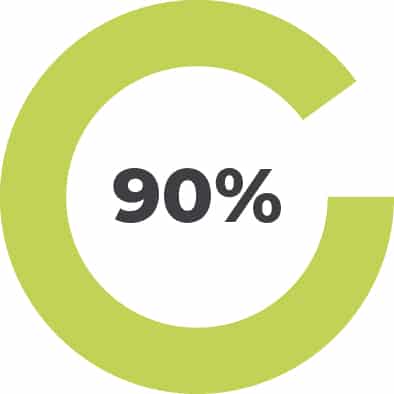
Saving fuel
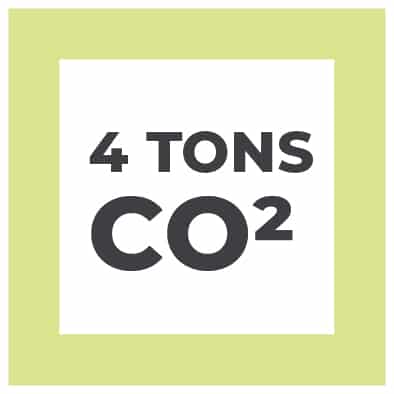
Can be saved annually per stove
When energy is used for 3KW per day